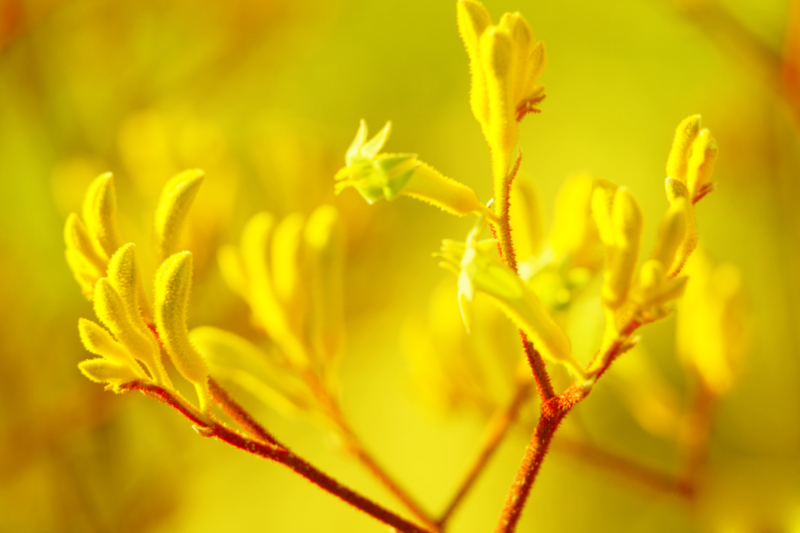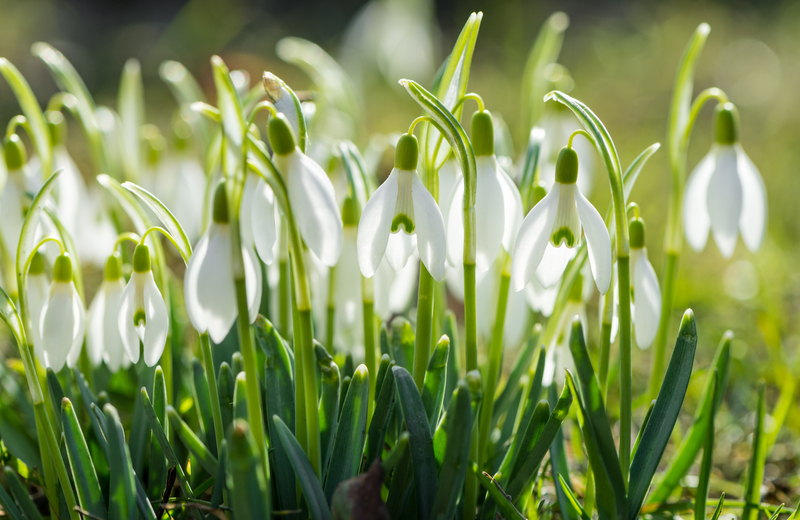Expert Tips for Successful Weed Management
Posted on 18/08/2025
Expert Tips for Successful Weed Management
Effective weed management is crucial for thriving gardens, healthy lawns, and productive agricultural fields. Weeds compete with desired plants for nutrients, water, sunlight, and space--so their control is vital for ensuring optimal plant growth and yield. Whether you're a home gardener, a large-scale farmer, or a landscaping enthusiast, understanding the best strategies for weed control can save you time, money, and frustration.
Why Is Weed Management Important?
Uncontrolled weeds can cause significant damage. They may harbor pests and diseases, reduce crop yields, compromise the visual appeal of landscapes, and even create safety hazards. The key to successful weed control is taking a proactive, integrated approach that combines various methods tailored to your specific needs.

Understanding Weed Biology and Types
To manage weeds effectively, it's essential to know what you're up against. Weeds fall into several categories:
- Annual Weeds: Complete their life cycle in a single season. Examples: Crabgrass, Pigweed.
- Biennial Weeds: Take two years to complete their life cycle (first year: vegetative, second year: flowering and seed production). Examples: Thistle, Queen Anne's Lace.
- Perennial Weeds: Live for multiple years and can reproduce via seeds or vegetative parts. Examples: Dandelion, Bindweed.
Knowing the weed types in your garden or field informs your management strategy and timing.
Integrated Weed Management (IWM) Principles
Integrated Weed Management combines multiple weed control methods to achieve long-term success. IWM aims to:
- Minimize weed populations
- Reduce reliance on chemical herbicides
- Promote environmental sustainability
- Sustain crop productivity and landscaping goals
Let's explore expert strategies for effective weed management.
1. Prevention: The First Line of Defense
Use Clean Seeds and Planting Materials
Always use certified, weed-free seeds and planting materials. Purchasing from reputable sources decreases the risk of introducing aggressive weed species to your garden or field.
Sanitize Equipment
Sanitize garden tools and machinery regularly to prevent transporting weed seeds or fragments between locations.
Mulching
Applying organic mulch such as straw, wood chips, or shredded bark is an effective way to suppress weed growth in garden beds. Mulch blocks sunlight, making it difficult for weed seeds to germinate.
- Use a 2-3 inch layer of mulch
- Replace or top-up mulch as necessary throughout the growing season
2. Cultural Practices for Weed Suppression
Proper Spacing and Dense Planting
Plant crops or garden plants at the recommended spacing to create a closed canopy quickly. Dense foliage shades the soil and reduces opportunities for weeds to establish.
Crop Rotation
In agriculture and vegetable gardening, rotating crops interrupts weed life cycles and reduces build-up of species adapted to specific plants.
- Rotate between plant families yearly
- Include cover crops to outcompete weeds and improve soil health
Cover Crops and Green Manures
Cover crops such as rye, clover, or vetch provide ground cover, outcompeting weeds and adding valuable organic matter to the soil.
3. Mechanical and Physical Control Methods
Regular Hand Weeding and Hoeing
For smaller areas, hand-pulling or hoeing is very effective when done regularly and when weeds are young.
- Weed after rain or watering, when soil is moist for easier root removal
- Dispose of weed seeds and roots away from planting areas
Tillage and Cultivation
Periodic tillage can disrupt weed growth, but it also may bring buried weed seeds to the surface, so timing is critical. Perform light cultivation when weeds are at the seedling stage for the best results.
Flame Weeding and Solarization
For organic weed control, flame weeders (which expose weeds to intense heat) and solarization (using clear plastic sheets to trap solar heat and kill soil-borne weeds) are innovative strategies, especially in vegetable production.
4. Chemical Weed Management: Using Herbicides Safely
When to Use Herbicides
Sometimes, herbicides are necessary, especially in larger operations or in severe infestations. However, always use them judiciously:
- Read and follow label instructions
- Select herbicides specific to your weed problem and crop
- Apply at the recommended growth stage
- Avoid drift to non-target plants or water bodies
Types of Herbicides
- Pre-emergent Herbicides: Applied before weed seeds germinate; ideal for lawns and ornamentals.
- Post-emergent Herbicides: Target weeds after they've sprouted; suitable for spot treatments and row middles.
Rotate herbicide classes to avoid resistance build-up. Consider integrating chemical control with other management strategies for sustainable weed management.
5. Biological Control: Harnessing Natural Enemies
Biological weed management employs living organisms to reduce weed populations. Examples include:
- Grazing animals (e.g., goats and sheep) that consume unwanted vegetation
- Release of specific insects or pathogens that target problematic weed species
While biological control is more common in large or naturalized landscapes, its integration in some home gardens can be very effective.
6. Timely Monitoring and Early Intervention
Regular scouting and identification of emerging weeds enables fast action, preventing small problems from becoming severe infestations.
- Keep a weed diary or field notes throughout the growing season
- Learn to identify both seedlings and mature weeds in your area
- Take decisive action at the first sign of trouble
7. Managing Weed Seed Banks
Weed seeds can remain viable in soil for decades. To deplete the weed seed bank:
- Prevent weeds from setting seed.
- Remove seedlings before they mature.
- Cover bare soil after harvest or landscaping projects.
- Use competitive groundcovers to outcompete weed seedlings.
*Never let your weeds go to seed*--this simple rule can dramatically reduce future weed problems.
8. Long-Term Weed Management Planning
Develop a season-long weed management plan that accounts for:
- Weed type and biology
- Crop or plant requirements
- Environmental considerations
- Available labor and equipment
Adjust your weed management strategies each year based on what worked, failed, or changed in your growing environment.
Best Practices for Specific Scenarios
Weed Control in Lawns
- Mow at the recommended height for your grass species; taller grasses shade out weeds.
- Aerate and feed your lawn to encourage healthy, dense turf.
- Spot-treat persistent weeds with selective herbicides when needed.
Weed Management in Vegetable Gardens
- Use mulch and landscape fabric around plants to block light.
- Hand-weed after rain to remove roots thoroughly.
- Choose competitive vegetable varieties that grow quickly and shade soil.
Organic Weed Management Tips
- Regular use of cover crops and mulches.
- Flame weeding for paths and non-cropped areas.
- Frequent hand-pulling, especially in early stages.

Common Mistakes in Weed Management
- Delaying interventions until weeds are mature or have set seed
- Relying solely on one control method (e.g., only herbicides or only mulching)
- Improper herbicide application leading to resistance or crop damage
- Neglecting equipment sanitation, inadvertently spreading weed seeds
Conclusion: The Path to Sustainable Weed Control
Expert weed management combines knowledge, vigilance, and a mix of strategies tailored to your specific challenges. By integrating preventive, cultural, mechanical, biological, and (where necessary) chemical methods, you can keep your garden, lawn, or fields weed-free while supporting environmental health.
Remember, successful weed management is a journey, not a destination. Stay observant, adaptable, and proactive. Invest in soil health, promote plant vigor, and act early to keep weeds in check.
For more advice on successful weed control and related topics, explore our resources or connect with local extension services. With the right approach, you can turn the tide in your favor and enjoy a more productive, beautiful, and sustainable landscape.



